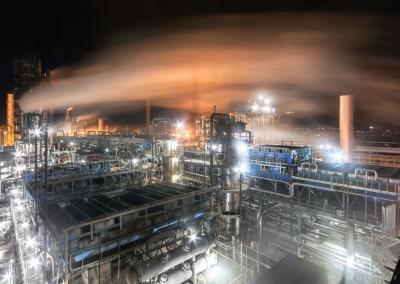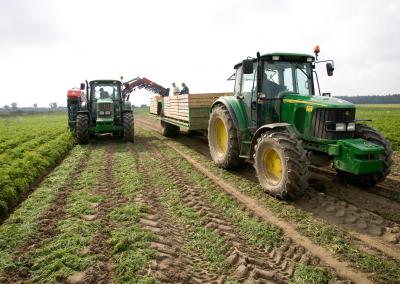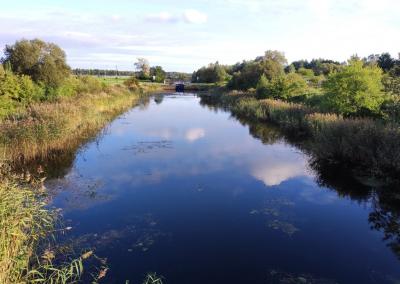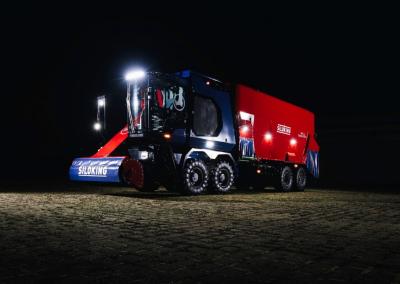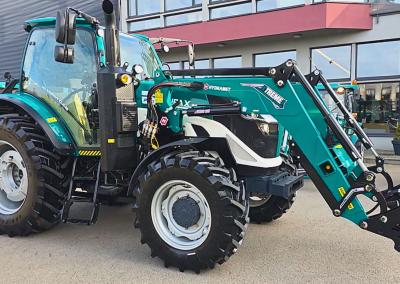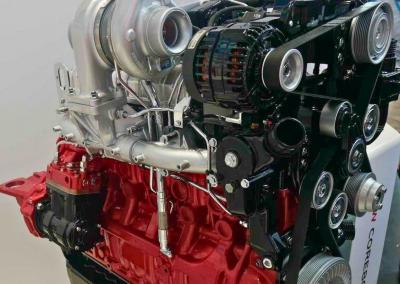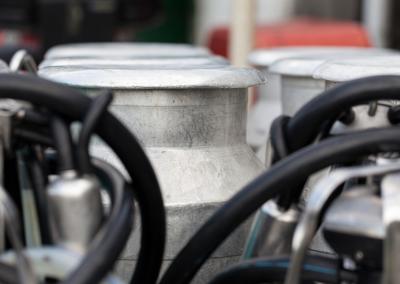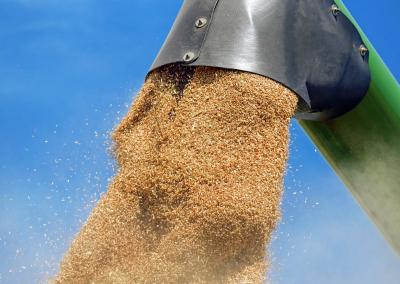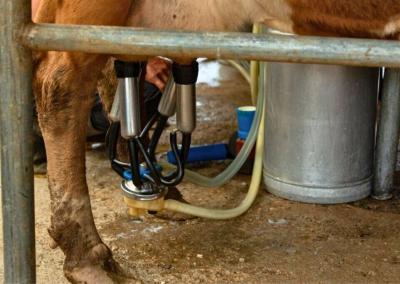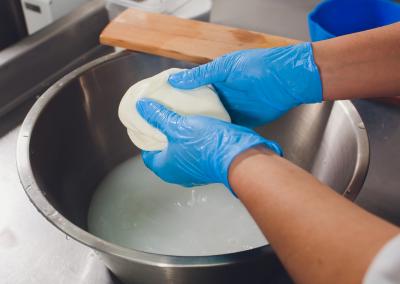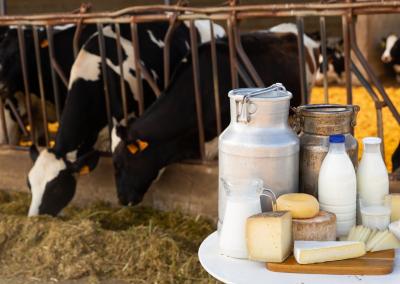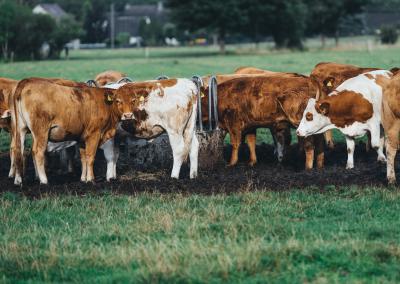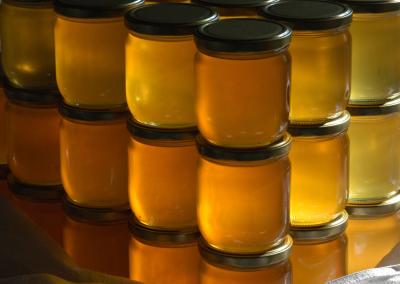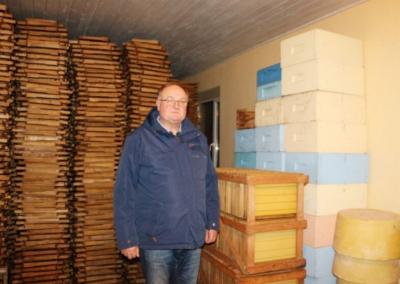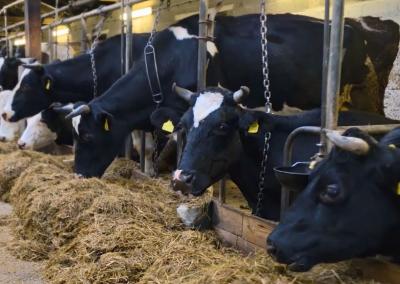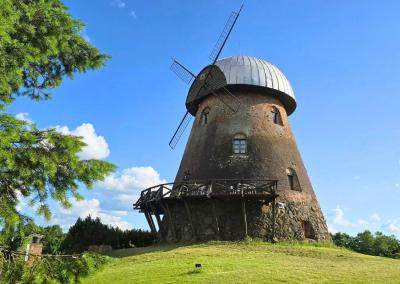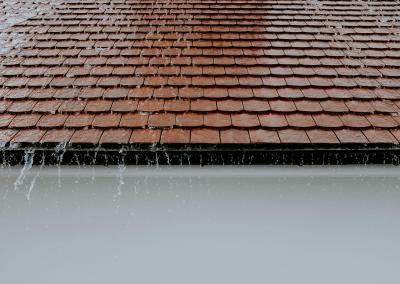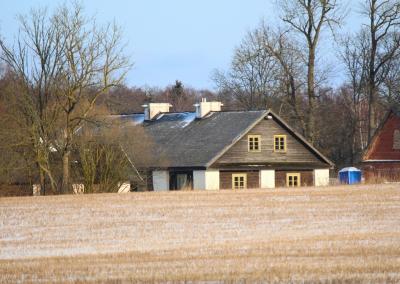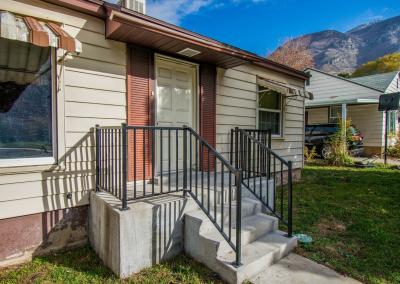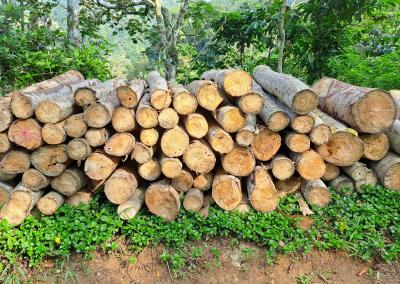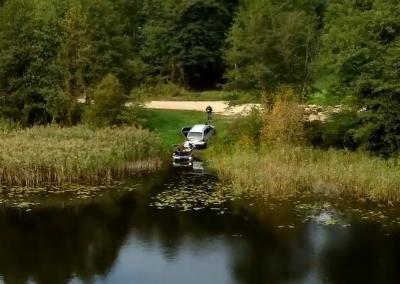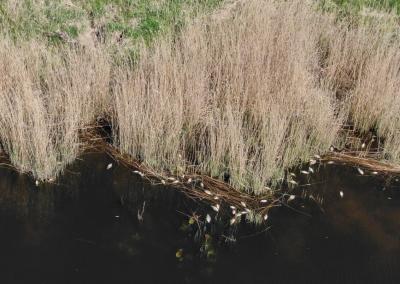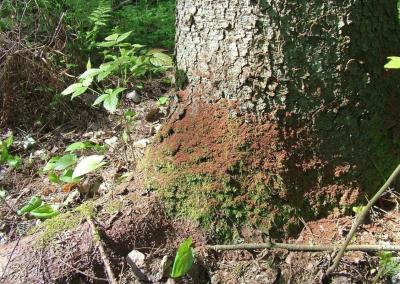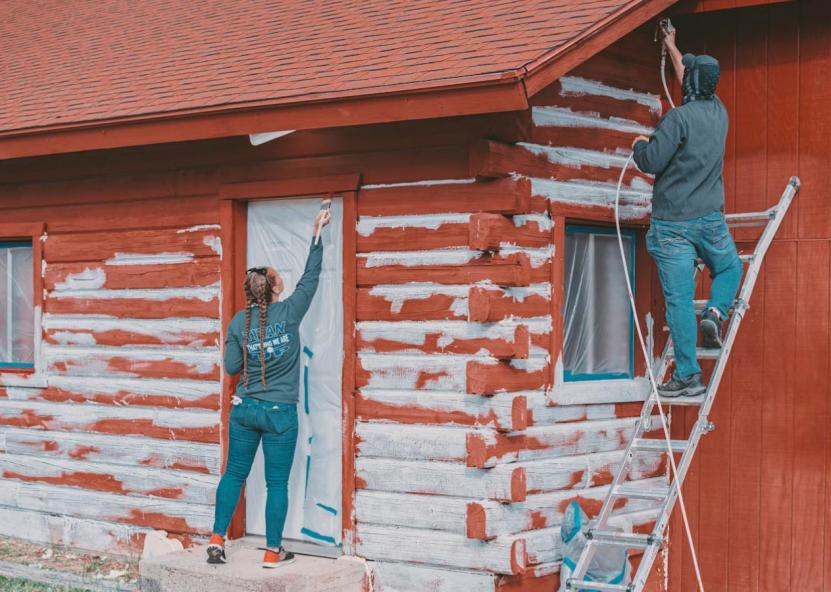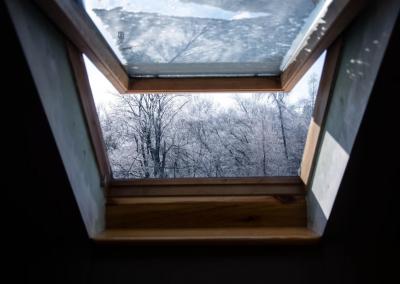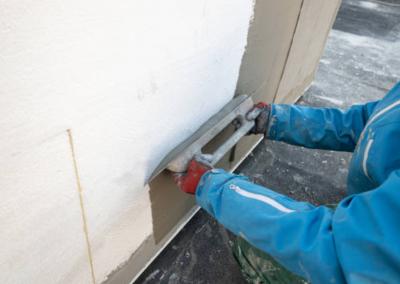Suitability of facade paints depending on the material of the house walls
Facade paint is a dual-purpose coating. They have a protective function first and a decorative function second. Facade paints have to withstand the effects of the scorching sun, rain and frost. The main requirements for outdoor walls are resistance to wear and durability. The paint must not fade in the sun and must form a plastic coating layer.
What are the technical characteristics to consider when choosing a durable facade paint depending on the material of the facade wall? Which paints are suitable for wood, concrete, masonry, plastic and vinyl cladding?
Facade paints for wood and OSB
Wood – a living and capricious material that is hard to please. Oil paints with mineral pigments (base – linseed oil or synthetic oil) would be one of the cost-effective traditional solutions for painting a wooden façade.
For example, renovating old wooden walls or massive wooden parts (frames, surrounds). Of course, before painting, the surfaces must be thoroughly cleaned of old paint layers, sanded and treated with antiseptics and, if necessary, sealed. But there are also the inconveniences of oil paints – the pungent smell (for several weeks) and the long drying time.Acrylic paints are not suitable for wooden facades because the acrylic layer "seals" the surface and prevents the wood from "breathing". However, acrylate paints (relatives of acrylic), as well as silicone and latex additives mixed into acrylic, allow the control of the material's properties, resulting in a "breathable" and elastic paint layer.
Alkyd paints based on organic solvents have poor vapour permeability and do not allow the wood to breathe, they have a pungent odour but dry quickly. A more serious disadvantage is the instability of alkyd. After 1 year, the facade will no longer look "like new" and after 3 to 5 years it will have to be repainted again.It is important to remember that OSB is not a finishing material. OSB swells with moisture (especially the seams). And the main requirement for OSB paints – a higher density that makes the specific texture of the panels invisible (or almost invisible). Silicone paints have an advantage in this case. These are followed by oil-based paints and acrylic or acrylic-polyurethane water-based varnishes – they protect OSB from moisture.
But it is unlikely to be possible to completely hide or seal the seams of OSB. They will be visible through any textured paint – the edges of the boards will swell and flake. You will therefore probably have to cover them with battens, making something like a fachwerk.
Facade paint for concrete
Facade paint for concrete hides its high porosity, unevenness and small cracks.
Alkyd enamels in combination with primers are very suitable for this category. This is because the most common applications of alkyd are facade structures that do not need to "breathe", i.e. concrete, metal.
Alkyd enamels dry quickly and the different types of solvents, thinners and pigments allow you to work with the texture of the material to create a glossy or, conversely, matt surface. The primer penetrates reliably into porous and rough concrete surfaces, while the alkyd paint itself masks irregularities well. However, unlike stucco, alkyd paints cannot deal with masonry joints and are therefore not suitable for masonry façades.
Silicone-based acrylic paints are also suitable for painting concrete facades. Silicone has a high elasticity and handles well outdoors. Such paints form an elastic, rubber-like film, filling surface irregularities, potholes and small cracks in concrete facades, but have low adhesion. Silicone-based alkyd paints are also available.
When painting a concrete façade, the paint is applied with a paint roller to a pre-primed surface. To achieve a uniform texture, the entire wall must be painted to the visible boundaries – and necessarily with the same batch and consistency.Foamed concrete and aerated concrete blocks look similar in appearance but have different characteristics. Cellular concrete has a higher hygroscopicity and not only absorbs paint but also almost completely swallows it. Foamed concrete, on the other hand, has virtually no adhesion and is virtually impervious to facade paints and plasters. In both cases, a careful choice of primer is essential.
Facade paint for brickwork
The brick façade is best painted with alkyd or acrylic paints for exterior (not interior) use. The brickwork must be cleaned of salt deposits and mould before painting. Alkyd paints have good contact with masonry joints.
For priming, choose a paint according to the circumstances: for smooth, unprimed masonry, prefer adhesion-enhancing compounds (you can prime the surface with the same paint diluted with the manufacturer's recommended thinner). For damaged, rough and cracking masonry, use deep primers with antiseptic additives that penetrate into every crack.
Facade paint for vinyl sidingFaded vinyl and metal siding (and PVC panels) can also be painted. The range of paint and varnish products available for this purpose includes flexible, tintable and pigmentable materials for painting vinyl siding. Acrylic paints are best suited for vinyl siding because they are lightweight and adhere firmly to the vinyl. But the vinyl must first be coated with an adhesion primer and then painted.
Urethane-acrylic paints, latex paints and automotive enamel (suitable for plastics) are also suitable for vinyl. Manufacturers of paints for vinyl siding claim that their products contain anti-static additives that prevent the siding from attracting street dust.
This type of cosmetic repair, however, is more suitable for outbuildings and commercial buildings than for private homes.

